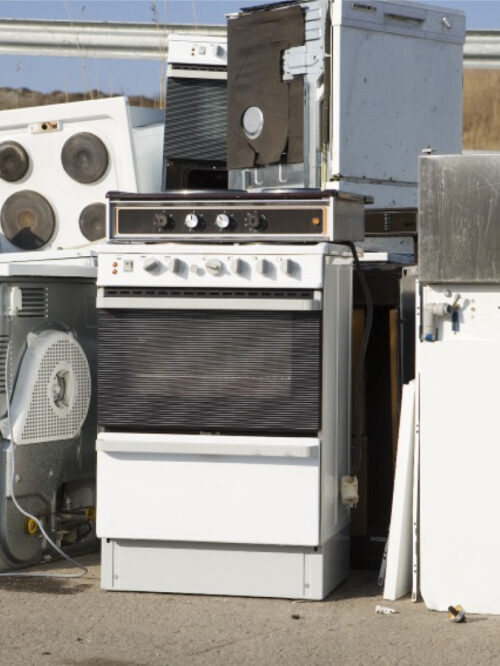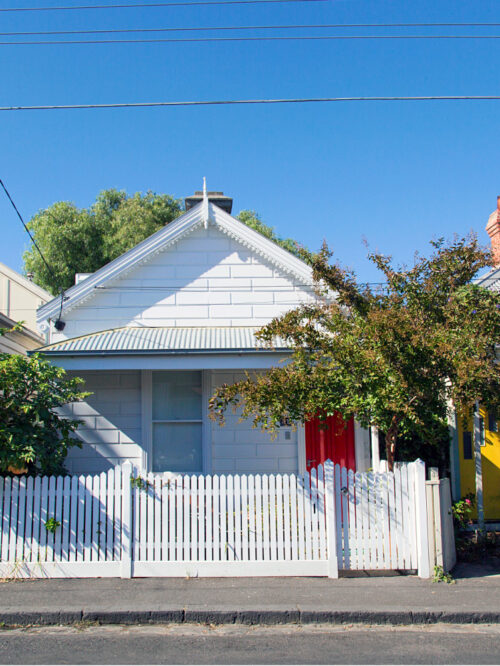CHAPTER 4: HOW TO GET OFF GAS
Closing your gas account
Disconnecting from gas
Congratulations, your last gas appliance has been replaced and you are ready to disconnect. How to go about it and what should it cost?
Like all good answers, the answer to this one is “it depends”. It depends mostly on the state you live in and the distributor, a little on your retailer—and there could be an ‘X factor’ of how you approach it. At this stage, quitting gas is not as easy as it should be, particularly for households already connected to the network.
Generally, retailers are set up to compete for your switching business. Distributors are set up to connect new customers. The experience of dealing with a customer who wishes to disconnect, while not unheard of, is uncommon, and slowly becoming less so.
When you no longer require gas to be connected to your home or property, you should contact your retailer. Your contract for gas supply is with your retailer. Your retailer could pass on these fees from the distributor in the final account. There is no other provision or mechanism to charge for gas when no gas is supplied. Similarly, if electricity is disconnected and a house stands vacant for a while, no charges apply. If you no longer require a gas connection at your home, it is essential that you arrange for a permanent disconnection to ensure the existing connection is fully abolished, and your premises is safe. A permanent disconnection also means your premises no longer requires maintenance or routine checking and testing. It also means, in theory, that you should not be paying to use a service that you no longer need.
Disconnection vs abolishment
There are currently two pathways for disconnecting your gas supply, and they come with relative (and only partially unregulated) fees and a range of logistical complications.
One is disconnection where the connection to the mains supply is severed and capped, the second is abolishment of the gas pipe and meter from your property altogether. The first option for cease of service is to either cap supply at the meter (a temporary disconnection that can be reversed by removing the cap later) or to have the meter itself removed while connecting pipes are retained.
In both cases, safety issues arise because gasified connection pipes remain underground. While disconnection is generally cheaper than abolishment, they raise issues such as the safety aspect of gas pipelines remaining underground and the costs to maintain this unused service. Connection abolishment involves removal of pipes connecting a customer’s premises to the mains pipeline, sealing the mains, and making the site safe. Some distributors say they will ask for enough information from the customer so they can determine the appropriate disconnection method.
Fee schedules
There are fee schedules for each state, and sometimes they can vary according to region and proximity. It’s important to remember that depending on where you are, and the distance between your house and the mains connection, it could be a lot of work for the distributor to remove the meter and the pipes back to the street. It could be a lot of disturbance to the householders too. In some cases, it may be easier to stop getting gas bills by simply finalising your account with your retailer instead of moving towards full abolishment.
The bigger picture for consumer rights when it comes to not having the network fees passed on by the retailers is currently underway. There is discussion by the regulators and the gas industry over whether levying abolishment costs on individual disconnecting consumers (as an ancillary service) is the most appropriate way forward. The regulators are proposing that distributors delineate between residential (small) customer connection abolishment, which should be a reference service, (meaning it is a service provided to customers and the charges must be recouped) and business (large) customer connection abolishment, which should be a non-reference ancillary service, or one that is not charged.
As more customers choose to move from gas to other sources of energy, the costs of removing connection assets for individual premises—abolishing the connection permanently— have come under scrutiny. The abolishment service currently reflects the labour cost of staff attending the customer’s premises to perform the task. It does not incorporate any contribution to shared network cost recovery – it is not an exit fee.
From July 1, 2023, Victorian gas distribution networks have a new regulated price of $220 set by the Australian Energy Regulator for full abolishment. The regulated charge to households leaving the gas network assumes that remaining gas customers will pay the remainder of the cost of abolishment through increased ongoing fees – raising the possibility of a classic network death spiral. The cost of disconnection (rather than abolishment) remains unchanged and may typically be lower than the $220 charged for abolishment. Federal regulation of gas abolishment and disconnection fees is currently being determined.








